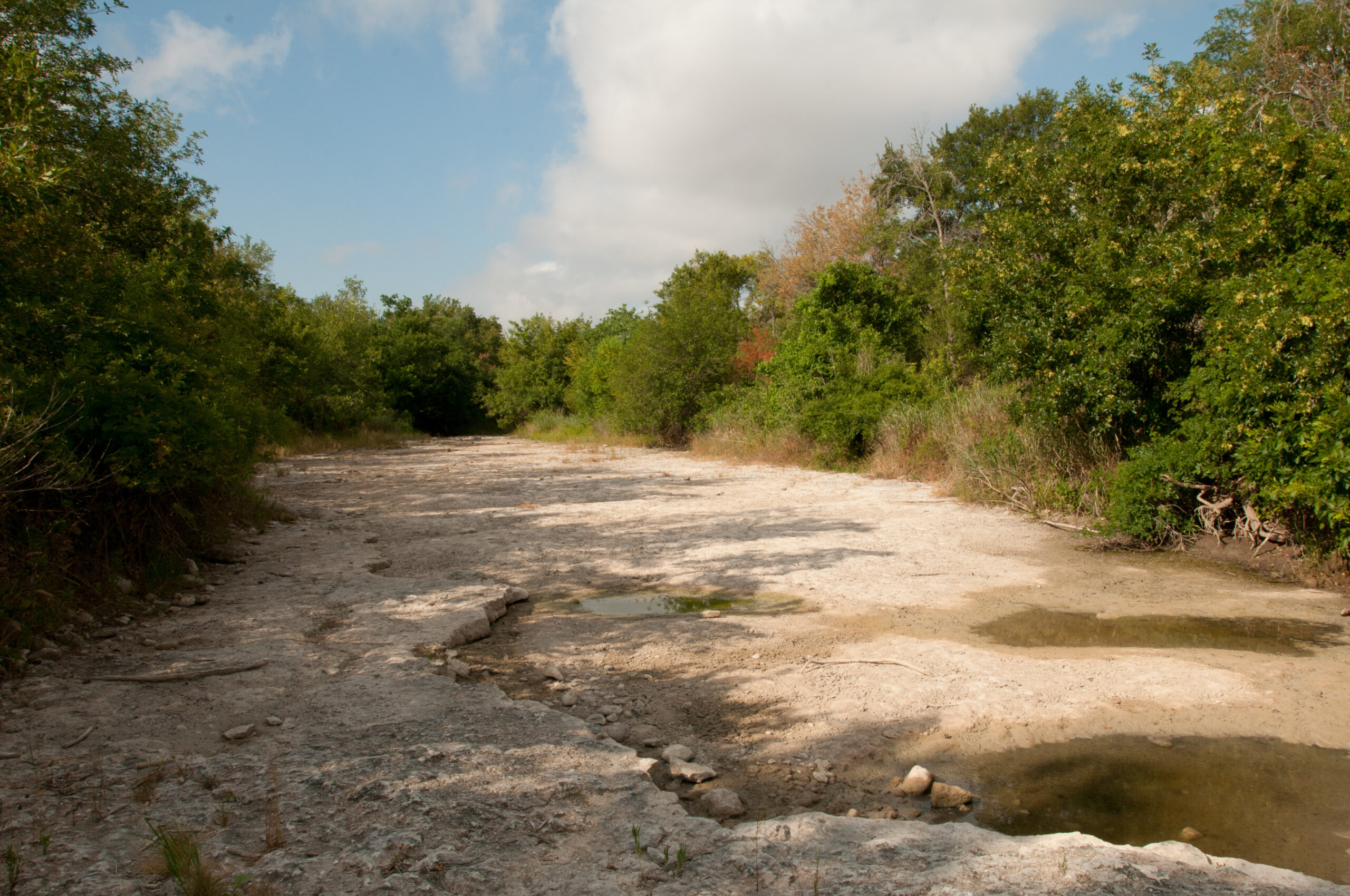October 2024 was one for the record books, but not for any records we want to break. In Austin, October 13 reached 101°F, which is the hottest October day on record. Last month also brought 23 days reaching 90°F or above. This is well above the previous record of 15 days set in 2007. October’s average high in Austin was 91.6°F. This shattered the previous record of 88.4°F set in 1947. According to KUT, last month “was so hot that, looking back at the historical data, a quarter of all Septembers in Austin have been cooler than this recent October.”
Rainfall
October is usually the region’s second wettest month annually. This year, though, it was one of the driest. Last month the District received an average of 0.02 inches of rain, which is 4.1 inches below the October historical average (figure 1). KXAN stated, “only October 1952 was drier than this year when just a trace of rainfall was recorded”. This year through October we’re experiencing a 3.2 inch deficit of rainfall and remain at a 13.3-inch rain deficit over the last 24 months. Early November has thankfully brought some cooler temperatures and nearly 2 inches of rainfall – an encouraging development as we progress through the fall season. This precipitation was primarily absorbed by parched soils, bringing little to no recharge to aquifers.
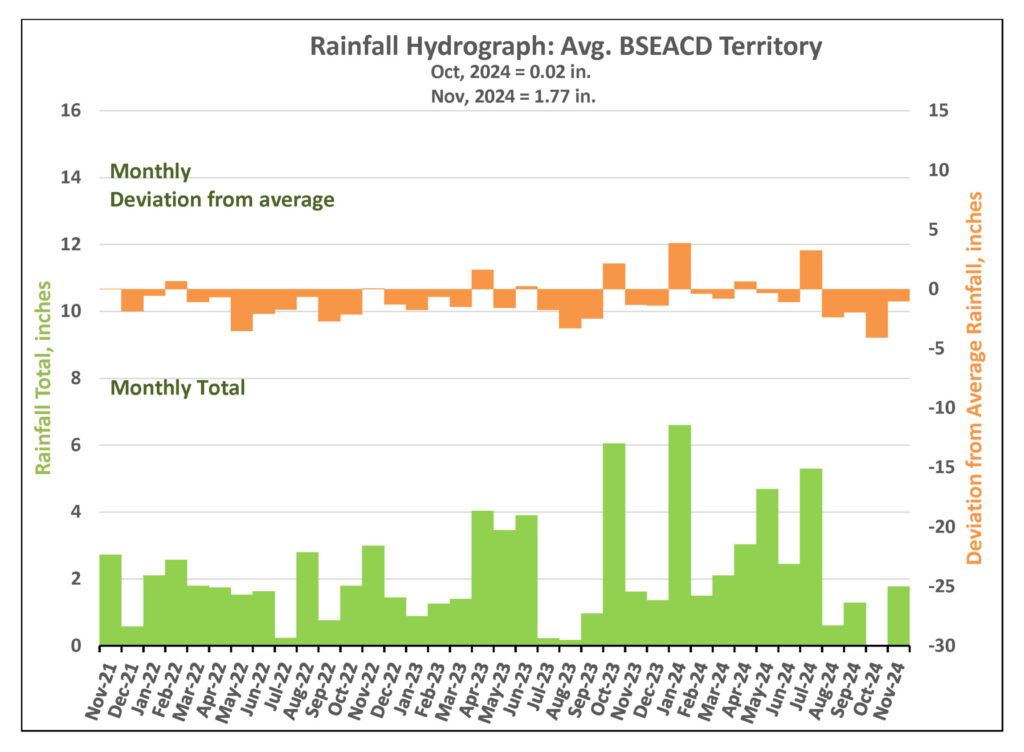
Figure 1. Monthly deviation from average and monthly total rainfall in District’s territory.
Barton Springs Flow
As of November 7, Barton Springs is reported at the USGS real-time gauge to be at or below 20 cubic feet per second (cfs) (figure 2). Although recent pool maintenance and spillway operations have influenced pool levels, which can impact the accuracy of the USGS real-time gauge, manual measurements have been used to verify the spring flow and represent a 10-day average. The most recent manual measurement, taken on October 23, recorded a flow of 17.2 cfs, though the early November rains are expected to slightly increase the flow. The next manual measurement at the springs is scheduled for November 14.
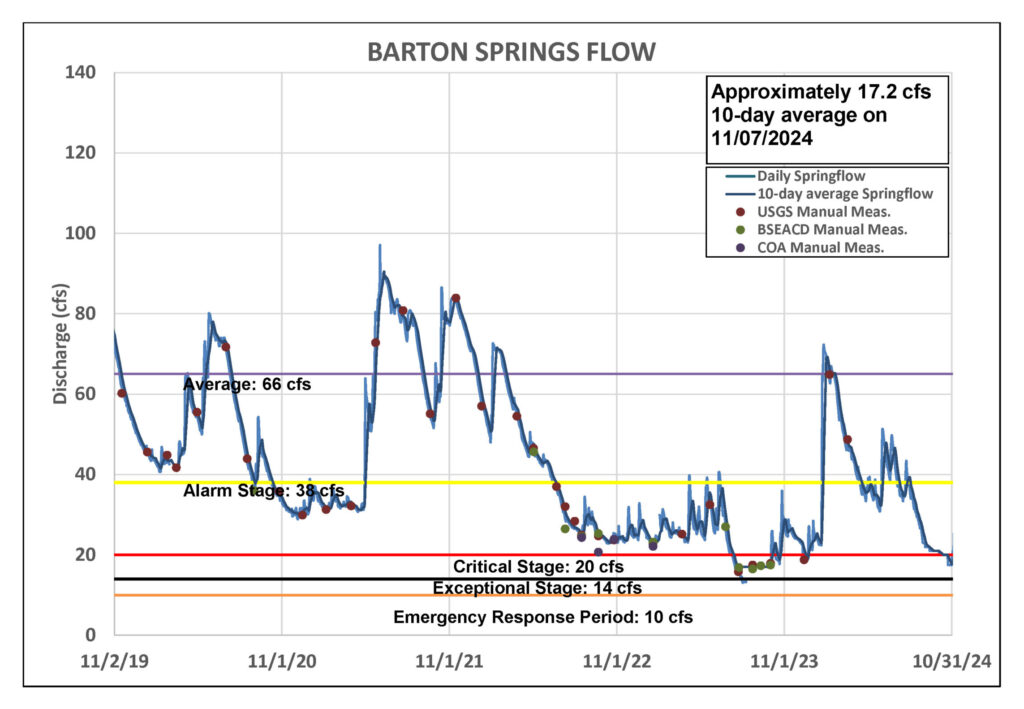
Figure 2. Barton Springs flow for the last five years.
Lovelady Monitor Well
On November 7, the Lovelady monitor well’s 10-day average water level is 460.3 feet above mean sea level (ft-msl). This level is within the District’s Stage III drought threshold, as shown in figure 3. The water levels crossed into the Stage III Critical Drought threshold on October 1. As a result, the District officially declared Stage III Critical Drought on October 3, which took effect on November 1.
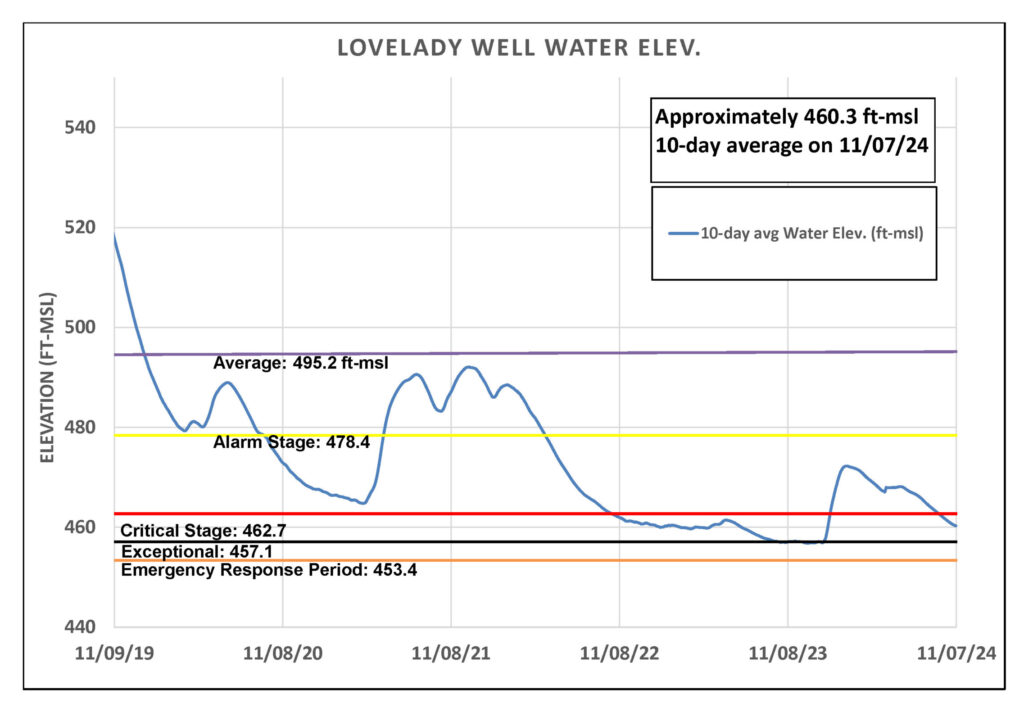
Figure 3. Lovelady groundwater level over the last five years.
Trinity Aquifer
The water level in the Borheim Middle Trinity monitor well, located between Buda and Driftwood, has been on a downward trend since late May 2024, dropping 10 feet (figure 4). The exceptionally dry conditions in October are expected to continue this decline, but the early November rains may bring some relief in the coming weeks.
Jacob’s Well Spring (JWS) recorded zero flow throughout October and barely registered any increase despite over 2 inches of rainfall in the Hill Country, including areas west of the Wimberley Valley. The Blanco River at Wimberley gauge at Wimberley has fluctuated between 2 to 4 cubic feet per second (cfs) since the last storm surge from early September rains. The early November rains brought another surge, peaking at 62 cfs, but current flow in the river has now dropped back to just under 10 cfs.
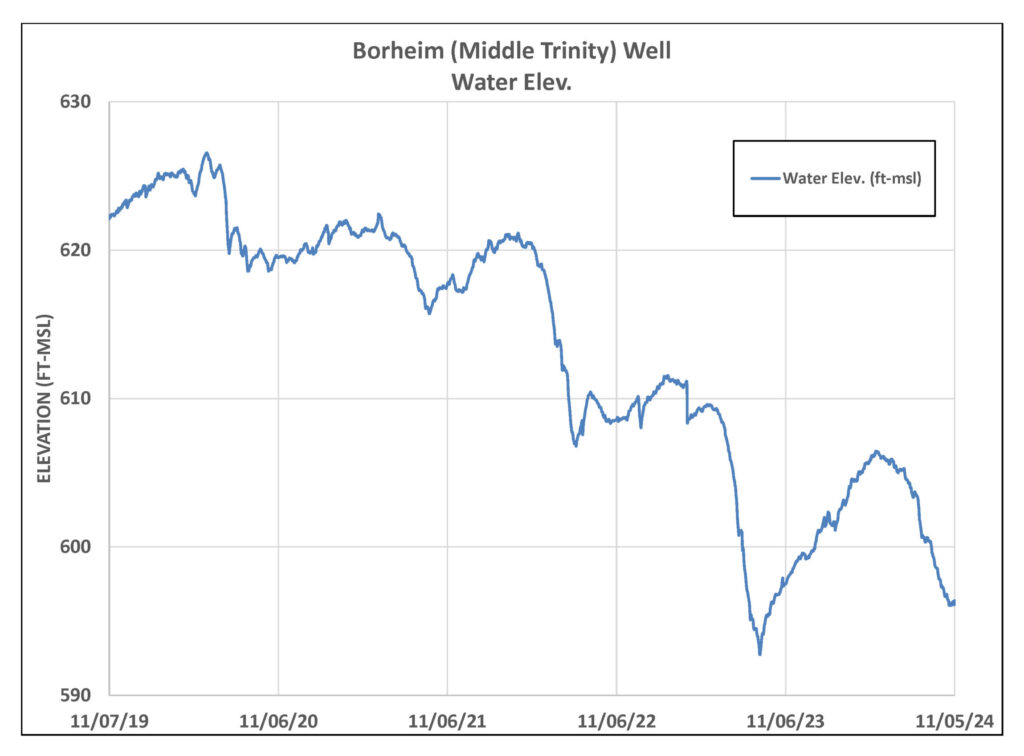
Figure 4. Borheim (Middle Trinity) monitor well water-level elevation.
Highland Lakes
Lake Buchanan is currently 62% full, and Lake Travis declined to 46%. Combined, the lakes are 53% full. While recent rains have increased the water levels some, it wasn’t enough to see a significant impact on either of the lakes.
Forecast
The Climate Prediction Center forecasts “near normal rainfall” for November. We’ve already experienced 2 inches of rain this first week of the month, and the historical monthly average for November is 2.92 inches. While receiving average rainfall won’t do much for increasing aquifer levels, it will help saturate the soil and make it more possible for future rains to enter the aquifer.
Conservation: Test your toilet for leaks
It can be easy to detect a leak when a toilet is audibly running continuously, but did you know toilets can also have silent leaks? This can result in the loss of hundreds of gallons of water a month without you even noticing.
To ensure your toilets aren’t leaking, you can do a simple dye test. This can be done by:
- Purchasing toilet leak detection tablets online
- Swinging by the District office to get a few tablets from us
- Use food coloring as an alternative
For instructions on how to do a dye test in your toilet, check out this helpful 1-minute video by San Antonio Water System (SAWS).

